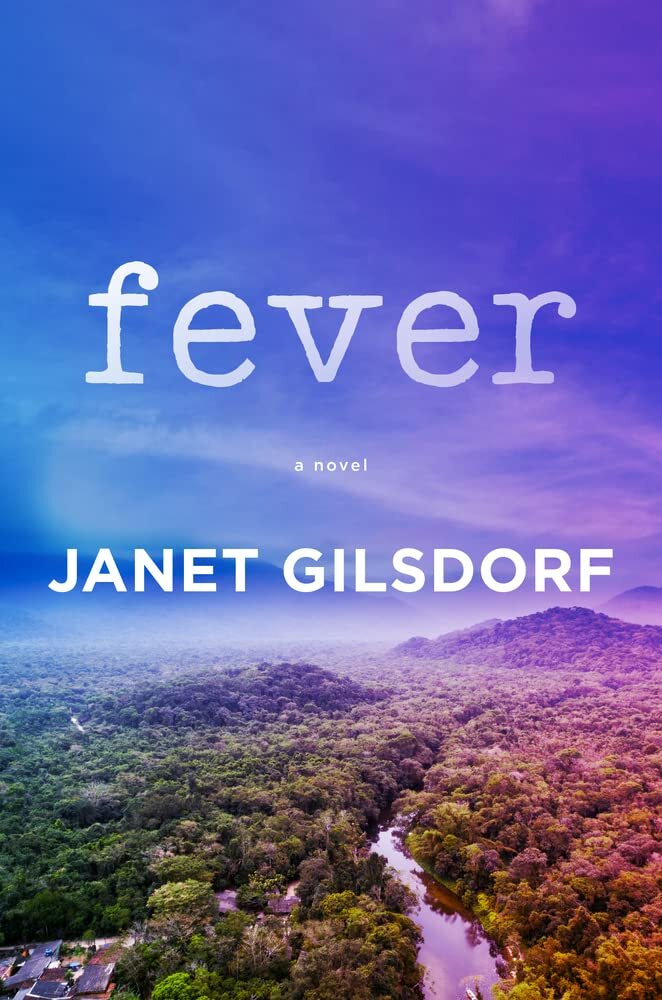Q&A With Janet
Q. You’re among a relatively small group of physician literary writers. What’s special about physician writers?
A. We may or may not be special, but we have a lot to say. Someone once noted that doctors occupy front row seats in the theater of life. Very true. Illness is challenging on many fronts and, in serving ill people, we physicians witness the full spectrum of the human condition: beauty and homeliness, soaring highs and spirit-deadening lows, withering weakness and towering strength, unsurpassed wisdom and appalling stupidity. And, it’s all amazing.
Q. What motivates you, a physician and a scientist, to write fiction rather than fact-based narratives?
A. While non-fiction offers powerful communication, fiction allows more flexibility, particularly where the focus is complex emotional ties. When well written, fiction is layered with meaning, richly textured and deeply satisfying. Characters can be more interesting and vibrant when improbable features of several real individuals are merged into one. Plot trajectories are cleaner without the clutter of pesky facts. Fiction allows time to be fluid and to create tension and emphasis. That said, memoir carries the emotional heft of fiction while sticking to the facts because, if it is honest, it is so very personal.
Q. How do you find time in your busy professional life to write?
A. Priorities. We have never watched television (we raised our sons in a TV free home), and I am disciplined in managing my time. I don’t play bridge or tennis or golf. Because I enjoy my work and my writing very much, I have learned to be very efficient at both. Perhaps most importantly, I have had amazing helpers (most importantly my husband) along the way.
Q. Where do your ideas for plot and character come from?
A. From my imagination, fueled by people I meet and situations I observe spiced with the question “what if…” Charlie Baxter taught me to put two interesting characters with hidden secrets or conflicting goals or differences of opinion in a room and watch what happens.
Q. Who appear on your list of important role models?
A. My biology teacher at Fargo High School, Mr. Buchli, instilled a deep fascination for zoology and botany in me. While he marched the length of the classroom and back, watering his leggy geraniums that crowded the shelves along the tall casement windows, he told us about xylem and phloem, about the frog’s urogenital tract, about mitochrondia and chromosomes and cell membranes. He had no idea how influential he was in driving the quiet little blond girl, who sat at the back of the room beside the bulletin board, into a life of science.
In college, Dr. Otto Sokol and Dr. David Schindler hired me to work in their research laboratories and introduced me to the wonder of scientific discovery.
My childhood neighbor, Georgie Burt, was a pediatrician who didn’t practice medicine while I was growing up, but she was living proof that a woman could be a doctor.
Betty Friedan, author of the Feminine Mystique, gave me, a high school student, permission to make different choices for my life than those expected of me. And, when Lucille Ball died, I was deeply saddened, for her TV show, I Love Lucy, fostered a corner of my childhood—one of silliness, playfulness, enduring friendships, and life affirming intelligence—that died as well.
Q. Which writers have inspired you?
A. Michael Ondaatje is, in reality, a poet and his lyrical narratives read like rivers of billowing silk. Marilynne Robinson understands the souls of her characters like no other writer on the planet. Charlie Baxter, Walter Kern, and Jack Driscoll have been very generous teachers. Most importantly, members of my writing group have lifted me up during the down times, offered honest, tough-love feedback, solved sticky plot dilemmas, spotted ugly inconsistencies, and alerted me to stale language.
Q. Have you been a creative writer since you were young?
A. No. I have always enjoyed science and medical writing, in that I like to figure out what I really want to say and to find the best words to say it. I, however, did no creative writing until well into my adulthood. One apocryphal Saturday morning at the Farmer’s Market, I ran into a friend who asked if I’d ever thought of writing. I told her yes, as I had wondered how to express the remarkable things I had learned from my patients and their families. She suggested I come to the next meeting of the writing group she had just joined. Two weeks later I attended and have belonged to the same writing group for over thirty years.
